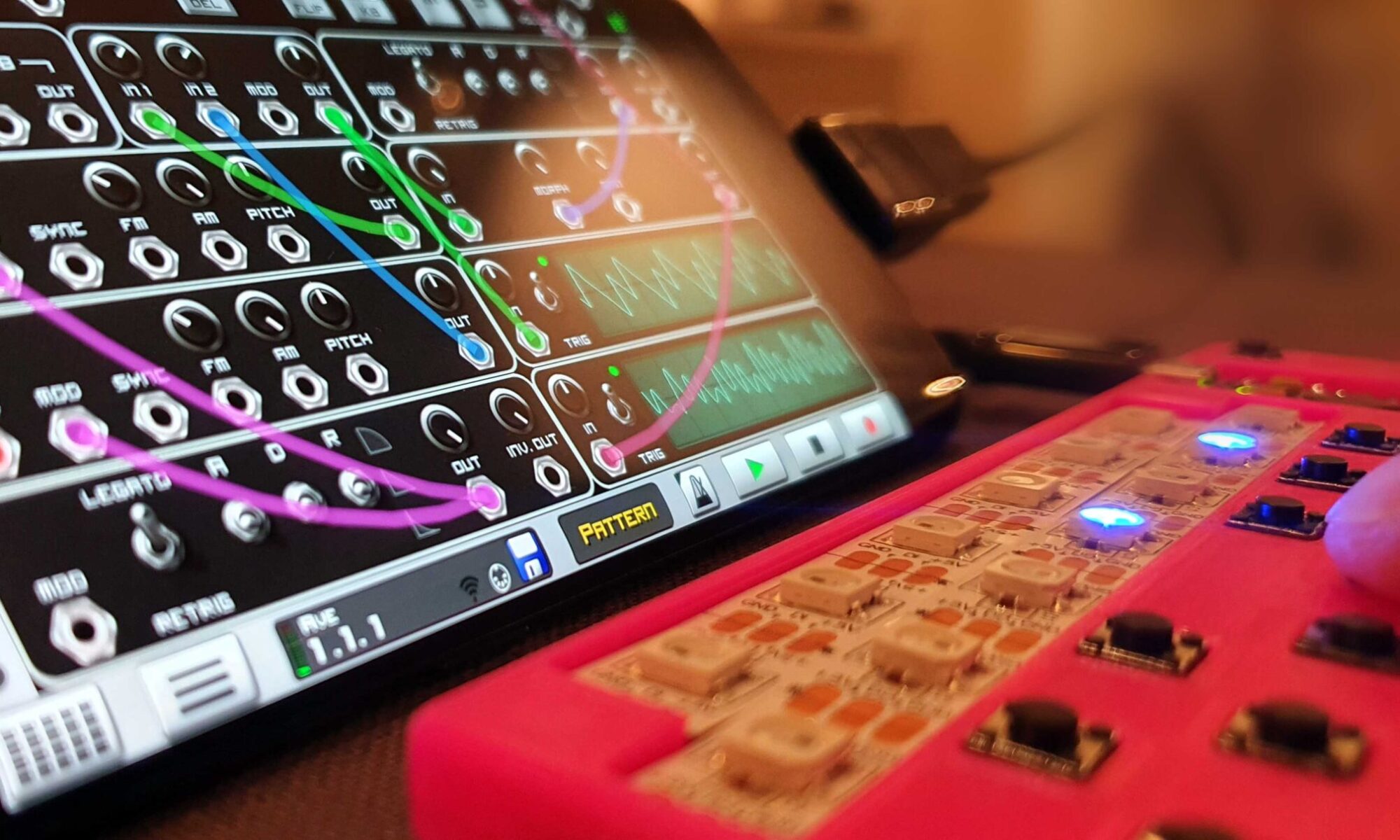LEET is a stunning, modular & affordable ($6) MIDI synth for your favorite DAW.
I have designed a keyboard, drum pad, chord keyboard, arpeggiator and a step sequencer all with RGB LEDs for playback visualization.
They are easy to build and anyone with a 3D printer and basic soldering skills should be able to replicate them. Everything is open source and hacking is encouraged!


